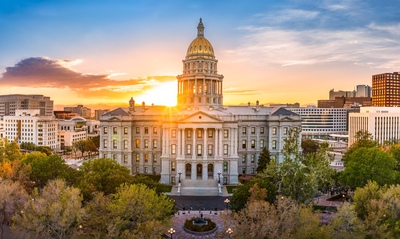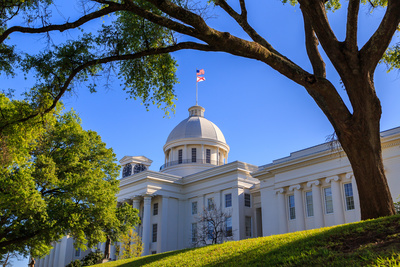
Health Care & Wellness
Rural Health Transformation Program 101 (Federal Grants to States to Improve Rural Healthcare)
December 18, 2025 | Brock Ingmire
March 17, 2023 | Bill Kramer

Key Takeaways:
Last week, voters in Oklahoma rejected a ballot measure to legalize marijuana for recreational use in the state. This follows the defeat last November of similar ballot measures in Arkansas, South Dakota, and North Dakota. So have marijuana legalization proponents lost the momentum that has driven their efforts for decades? Looking at the timeline below, the answer is likely no.
 History of Marijuana Legalization Efforts
History of Marijuana Legalization EffortsAfter a slow build-up focused on legalizing marijuana for medical use, proponents utilized a go-straight-to-the-voter strategy for the first 20 years of legalization efforts (1996-2016) and broke through with the first recreational legalization laws in 2012. But after a record-setting election in 2016 (where voters approved 9 legalization ballot measures), lawmakers decided to join the party in 2017 when legislatures in Vermont and West Virginia enacted recreational and medical legalization laws, respectively. And since then, legislatures have enacted as many marijuana legalization laws as the voters have. Overall, legalization has moved forward at a steady pace over the last decade.
Today, 37 states have legalized marijuana for medical use, while 21 states have legalized recreational use. The dynamic has shifted from relying on ballot measures exclusively to lawmakers shaping the regulation of marijuana. So instead of appearing fully formed on an election ballot, legalization language runs through the traditional legislative process.

Blue states have fueled the rise of marijuana legalization so far. And three blue states have the most potential to enact recreational legalization in 2023: Delaware, Hawaii, and the newly minted Democratic trifecta of Minnesota. But after successful campaigns have chipped away the remaining blue states, proponents will need to turn their attention to red states, where both lawmakers and voters remain skeptical.
Last year, we noted that Republicans were warming up to marijuana legalization. While popular sentiment with conservative voters hasn’t significantly shifted the attitudes of conservative state lawmakers, we did see lawmakers in Mississippi legalize recreational use last year after lawmakers in Alabama did so the year before. And after their defeat in Oklahoma, legalization proponents are collecting signatures to return to the ballot in Ohio (2023), Florida (2024), and Nebraska (2024) — as red states remain the most viable targets for legalization efforts.

December 18, 2025 | Brock Ingmire

December 15, 2025 | Mary Kate Barnauskas

November 5, 2025 | Mary Kate Barnauskas